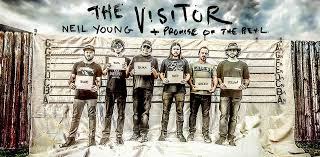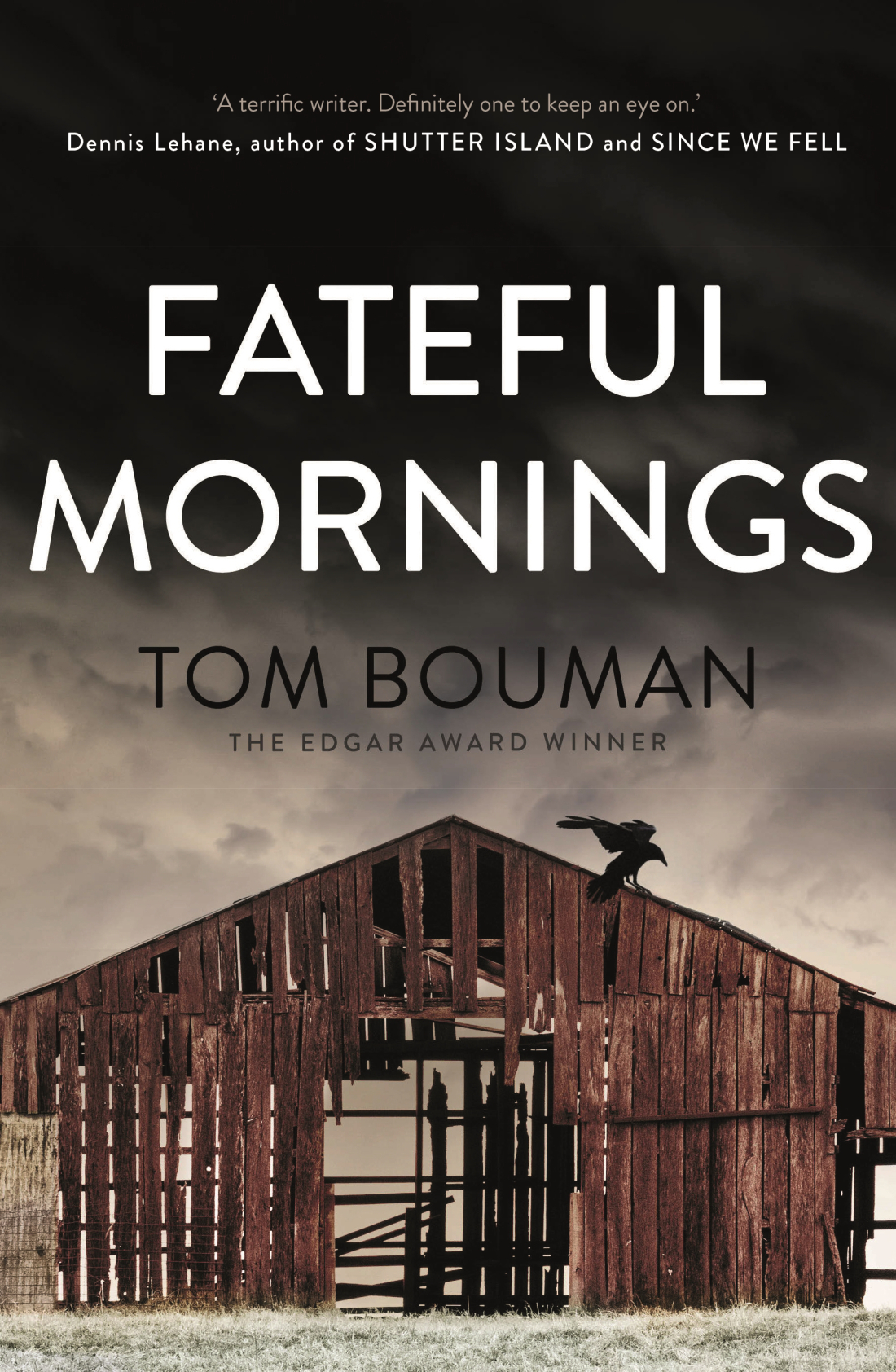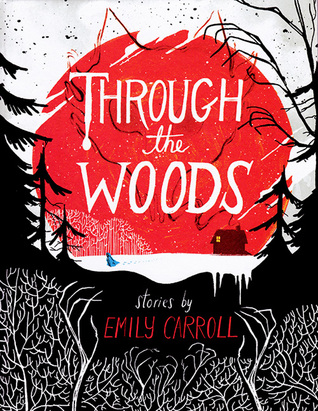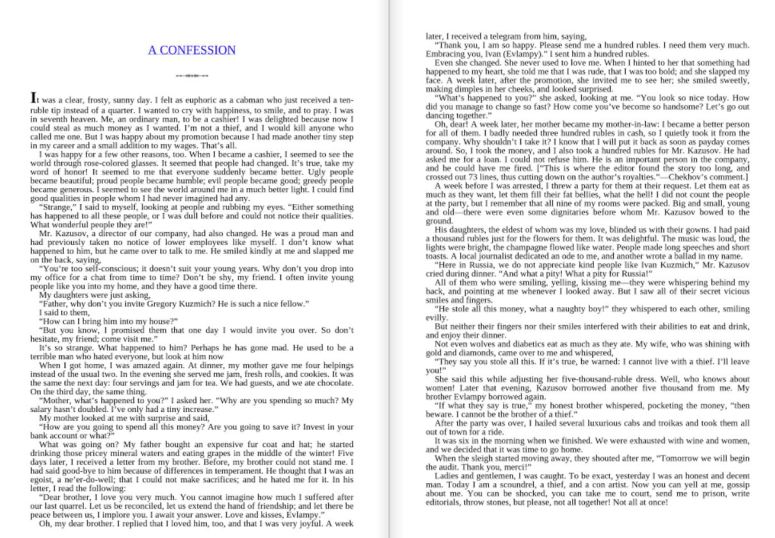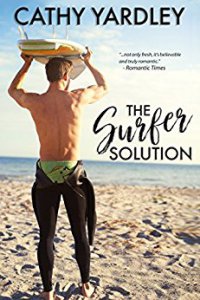Oh dear. I’ve gotten behind again with reviews and I don’t even have the excuse of a big work event to blame. I think I just got distracted and lost my mojo a little – so here is a round-up of some of the books I’ve been reading in the past few weeks. It looks like quite a varied mix of adult and YA fiction with a little history thrown in. Story of my reading life really (although I do usually read a better mix of male/female authors).
The Cows – Dawn O’Porter
 This is the story of three modern women: Tara, a single mother, Stella, a PA who is haunted by thoughts of her dead twin and Cammie, a take-no-prisoners lifestyle blogger. It would be wrong to say they represent a full range of women today – they are all much of an age, all based in London, all white, all working in the arts in some way – but they do show different ways of being a youngish woman in their world. Women are often judged by their appearance, their sexuality and their ability to produce children – very much like the cows of the title – and these three are no exception. Their lives start to entwine when Tara becomes an internet sensation (after being filmed in an extremely compromising, and solo, position on the Tube) and we explore all three women’s attitudes to sex, motherhood, life and, possibly, death.
This is the story of three modern women: Tara, a single mother, Stella, a PA who is haunted by thoughts of her dead twin and Cammie, a take-no-prisoners lifestyle blogger. It would be wrong to say they represent a full range of women today – they are all much of an age, all based in London, all white, all working in the arts in some way – but they do show different ways of being a youngish woman in their world. Women are often judged by their appearance, their sexuality and their ability to produce children – very much like the cows of the title – and these three are no exception. Their lives start to entwine when Tara becomes an internet sensation (after being filmed in an extremely compromising, and solo, position on the Tube) and we explore all three women’s attitudes to sex, motherhood, life and, possibly, death.
The book is very funny, fairly rude and, at some points, pretty sad. O’Porter doesn’t pull too many punches about the way women are expected to live their lives: her characters, rather wonderfully, end up refusing to conform to these expectations. Not because feminism told them to but because they realise that they need to live a more honest life – to be themselves rather than the women they are expected to be.
The Walworth Beauty – Michèle Roberts
 This is the story of Walworth, a district of South-East London which I’ll admit I wasn’t familiar with (turns out it’s the bit with the Elephant & Castle and Old Kent Road). The story is told through two timelines: in modern-day Walworth Madeleine moves into a small garden flat after losing her job as a lecturer and in the 1850s Joseph Benson is working for Henry Mayhew on the articles which later became London Labour and the London Poor. Benson’s job is to interview the less virtuous poor – thieves, rogues and prostitutes – and, in the course of his work, he becomes fascinated with a Mrs Dulcimer, who runs a boarding house on the street where Madeleine will live 160 years later.
This is the story of Walworth, a district of South-East London which I’ll admit I wasn’t familiar with (turns out it’s the bit with the Elephant & Castle and Old Kent Road). The story is told through two timelines: in modern-day Walworth Madeleine moves into a small garden flat after losing her job as a lecturer and in the 1850s Joseph Benson is working for Henry Mayhew on the articles which later became London Labour and the London Poor. Benson’s job is to interview the less virtuous poor – thieves, rogues and prostitutes – and, in the course of his work, he becomes fascinated with a Mrs Dulcimer, who runs a boarding house on the street where Madeleine will live 160 years later.
This book is an insight into the lives of various underclasses in the mid-Victorian era – Benson has a weakness for strong drink and working girls, Mrs Dulcimer is a black woman in a world which treats both her sex and her race as inferior, the girls who live with her struggle to survive without turning to prostitution. In the parts of the book set in the present day some of the characters are generally better off financially but they still have struggles – young women still have to fight hard to make their way in the world, older ones find themselves neglected and the pace of modern life leaves many struggling to make sense of the world. There is an air of slight menace as the two timelines wash up against each other – each era haunts the other as if the layers of history were two decks of cards being shuffled together. It is both a contemporary and a historical novel and we find that the two have as many similarities as differences.
What Regency Women Did For Us – Rachel Knowles
I recently reviewed a wonderful book of biographies of women aimed at primary-age children. This book is a little more specific, focussing on women who lived between the 1730s and 1850s, and is aimed more at an adult market but I feel it would still be useful for older children who were interested in women’s history. I love history and will happily (if I can make the time) read lovely big, thick, detailed histories of medieval queens or scientific movements. This book seems to be more along the lines of popular history so if you just want a quick overview of the lives of women in the Regency period this could be the way to go.
 The book covered an interesting selection of women including those I’m sure most people will have heard of, like Jane Austen or Madame Tussaud, some known to those with a little knowledge of the era, like Maria Edgeworth (for those who know more on the literature side) or Caroline Herschel (for those who lean to the scientific). There are short biographies, a summary of their work and achievements and also of their legacy, and they should serve as a great starting point for any more detailed reading. I think I may now be led on to investigating further into the life and works of some of the women here who I was either unaware of or only knew by name. Harriot Mellon sounds like a place to start, or maybe Mary Parminter….Ah well, all the best reading just leads onto more books!
The book covered an interesting selection of women including those I’m sure most people will have heard of, like Jane Austen or Madame Tussaud, some known to those with a little knowledge of the era, like Maria Edgeworth (for those who know more on the literature side) or Caroline Herschel (for those who lean to the scientific). There are short biographies, a summary of their work and achievements and also of their legacy, and they should serve as a great starting point for any more detailed reading. I think I may now be led on to investigating further into the life and works of some of the women here who I was either unaware of or only knew by name. Harriot Mellon sounds like a place to start, or maybe Mary Parminter….Ah well, all the best reading just leads onto more books!
Best of Adam Sharp – Graeme Simsion
The whole ‘difficult second album’ thing seems to be an accepted thing and it can also apply to novelists. I, like an awful lot of people, absolutely loved Simsion’s first novel, The Rosie Project. I read the follow-up and, while I enjoyed it, it didn’t have quite the same impact. The first book, however, was wonderful enough that I will leap on anything new which the author produces so I was glad to find that this book is at least as good as the previous one.
 Adam Sharp is an IT consultant approaching his 50th birthday. He earns decent money, has a house, as much work as he needs and is a fixture on the local pub-quiz scene (specialist subject probably pre-eighties music). But he has worries, he’s not as fit as once was, his mother is getting frail in her old age and his marriage could be described as amicable at best. This situation could have been enough for Adam if, out of the blue, an email from an old flame hadn’t reminded him of the heady days of his youth when he fell in love with an Australian actress, played piano in a bar for tips but turned his back on that life when his IT job demanded he move on.
Adam Sharp is an IT consultant approaching his 50th birthday. He earns decent money, has a house, as much work as he needs and is a fixture on the local pub-quiz scene (specialist subject probably pre-eighties music). But he has worries, he’s not as fit as once was, his mother is getting frail in her old age and his marriage could be described as amicable at best. This situation could have been enough for Adam if, out of the blue, an email from an old flame hadn’t reminded him of the heady days of his youth when he fell in love with an Australian actress, played piano in a bar for tips but turned his back on that life when his IT job demanded he move on.
The novel shows us how that relationship played out twenty odd years ago, and how it ended. We also see Adam’s rather staid relationship with his wife, Claire, and the rather more unusual one, in the present day, between the actress, Angelina, and her husband Charlie. Although these relationships are at the heart of the story for me the main point of the book was Adam’s gradual acceptance of the fact that he was a real adult. As a young man of 26 he was torn between what appeared to be the love of his life and the need to establish himself in his chosen career. At 50 his decisions will affect more people than just himself – he has to be the grown-up he thought he already was twenty years ago.
There is a lot of music in the book – like all ‘best of…’ albums it highlights moments of the characters lives with songs – mostly from the 60s and 70s. I was good with most of the pop and rock songs although I’ll admit to not knowing quite a few of the more jazzy tracks. So as well as giving me a story I enjoyed Simsion is adding to my ongoing musical education…
Running on the Cracks – Julia Donaldson
If the previous book was a departure from the author’s previous books (less obviously humorous, change of main character) then so is this one. Julia Donaldson is known and loved by virtually every child and parent I have ever met and she is, quite possibly, the queen of storytellers in the 0-5 and 5-8 age groups. Lets face it, I probably don’t need to even tell you this, you probably (like most of us) know most of the words to The Gruffalo without needing to look at the book….This book, however, is a bit different since it is aimed at a much older readership and is being marketed at the younger end of the teen market.
 15-year-old Leonora (Leo to her friends) has run away. Her parents have died in an accident and she is living with her aunt, her bitchy cousins and her slightly creepy uncle. She runs to Glasgow in the hope of finding her chinese father’s family but ends up sleeping on a bench until she is taken in by an odd but kind woman named Mary. She makes friends with would-be Goth Finlay and sets about searching for her family, avoiding her uncle (who gets even creepier) and working out how best to help Mary, who is obviously struggling with her mental health. I would say this is a book firmly aimed at the younger teen – it is generally restrained in its language (hovering at the ‘bloody’ level of swearing), the slightly predatory uncle is creepy but never gets as far as being overtly sexual and there is no romance angle to the relationship between the youngsters. There are serious issues covered, the plight of runaway children, the problems inherent in mental health care, immigrant communities and the difficulties youngsters have in feeling like they ‘fit in’. I liked the main characters, particularly Finlay and Mary, and thought the plot was good. This isn’t a new book, it came out in 2009, but I hope that Donaldson makes some time to write more for older children.
15-year-old Leonora (Leo to her friends) has run away. Her parents have died in an accident and she is living with her aunt, her bitchy cousins and her slightly creepy uncle. She runs to Glasgow in the hope of finding her chinese father’s family but ends up sleeping on a bench until she is taken in by an odd but kind woman named Mary. She makes friends with would-be Goth Finlay and sets about searching for her family, avoiding her uncle (who gets even creepier) and working out how best to help Mary, who is obviously struggling with her mental health. I would say this is a book firmly aimed at the younger teen – it is generally restrained in its language (hovering at the ‘bloody’ level of swearing), the slightly predatory uncle is creepy but never gets as far as being overtly sexual and there is no romance angle to the relationship between the youngsters. There are serious issues covered, the plight of runaway children, the problems inherent in mental health care, immigrant communities and the difficulties youngsters have in feeling like they ‘fit in’. I liked the main characters, particularly Finlay and Mary, and thought the plot was good. This isn’t a new book, it came out in 2009, but I hope that Donaldson makes some time to write more for older children.
Jane
Advertisements Share this:
